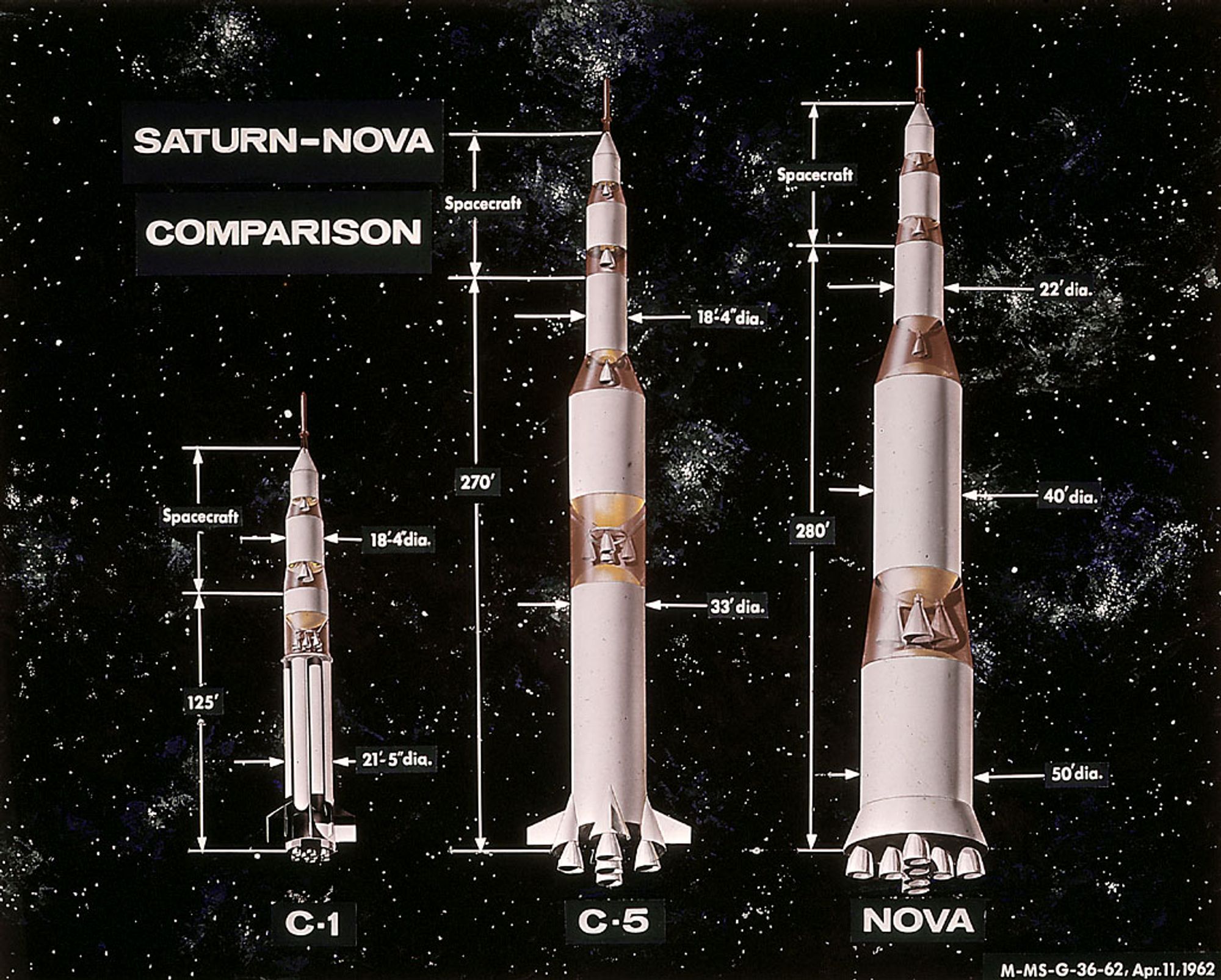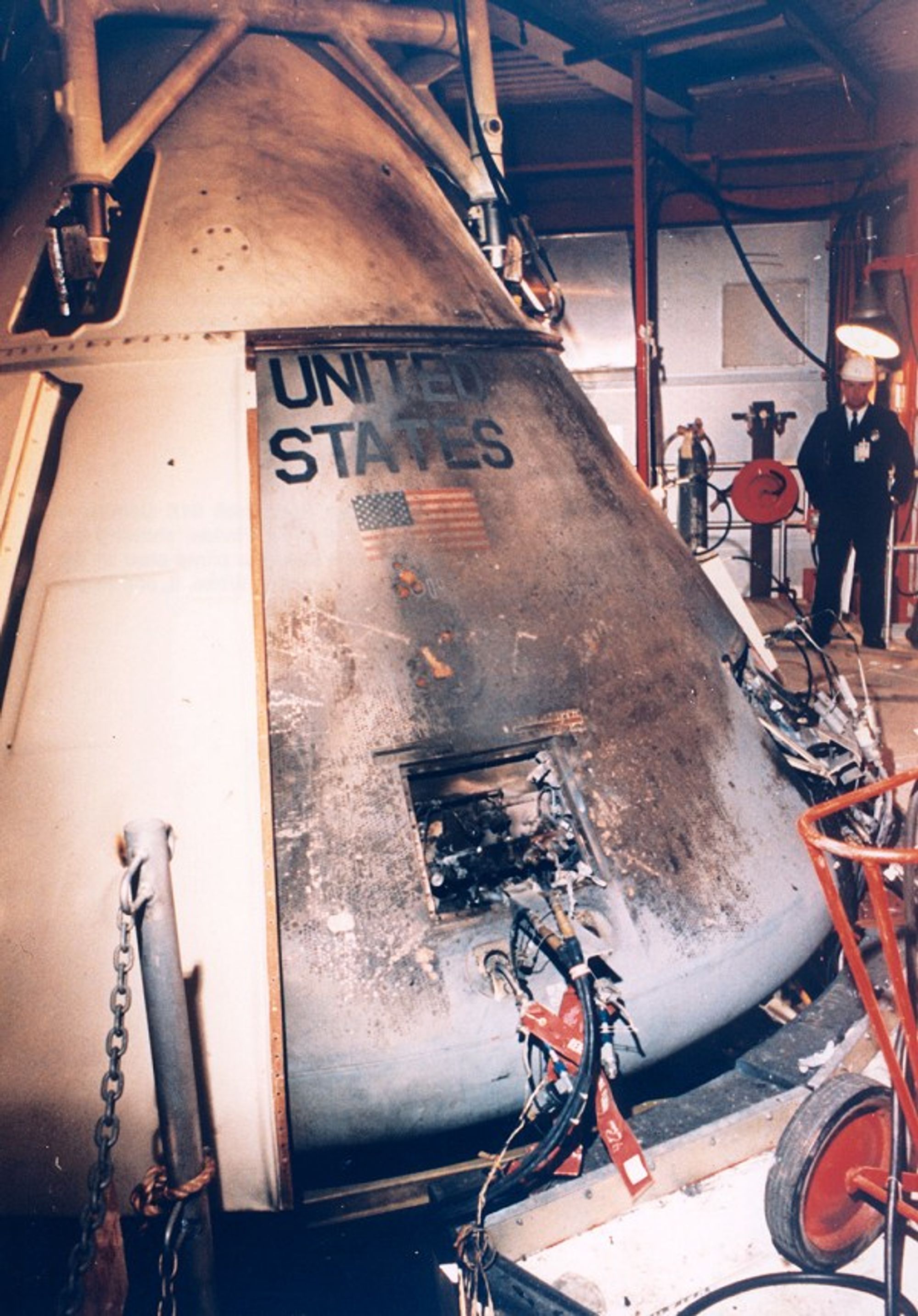21 Lessons from ’Apollo: Race to the Moon’
date
Aug 4, 2019
slug
apollo-book
status
Published
tags
Book
summary
type
Post

by Charles Murray & Catherine Bly Cox
My rating: 5⁄5
This year is the 50th anniversary of the moon landing, so our book club at Apple voted to read this book. I love this book. It tells the story of the entirety of the Apollo program, from inception to completion. A lot can be learned from this fantastic tale.
Quoted texts are taken from the book. Emphasis mine.
1. Russians can be very cheeky
2. Keep it simple
a.k.a. YAGNI principle
In the early day of NASA, they have a limited budget and haven’t built a sophisticated transport system for the spacecraft. They just lined up an old pickup truck with mattresses and got the job done. Too bad I couldn’t find the picture.
3. Building a construction marvel is easier than conveying its scale to the general public
To house the gigantic Saturn V rocket, NASA built a mega-warehouse that’s really massive in scale. The construction went fine, but they have trouble taking a photo to show the size.

4. Planning for the impossible makes it easy to imagine building the extremely hard

5. Rocket science is more uncomplicated than car
6. Exploding a bomb inside of the engine is a totally valid way to test the engine’s stability
The engineers were having a problem reproducing an engine instability problem. The problem arises seemingly in random. In software engineering, we call this Heisenbug . So how would they reproduce the issue consistently? To plant a bomb inside of it, of course.
After numerous bomb explosions and iteration, they got a system that would mend itself.
7. The best way for higher up to know what’s going on is to communicate directly with the engineers
Joe Shea (Deputy Director of NASA) would get each engineering team to provide a weekly report. He would read and annotate it. This is the way they come out with to let the higher-ups stay in touch with the ground-level work.
8. “If you understand it, you can make me understand it.”
9. Keep it sweet and simple
a.k.a avoid over-engineering.
10 .“The better is the enemy of the good”
This discussion comes up surprisingly often in tech. Should we rewrite our software in this newer, sexier framework/language? The answer is usually no because if you had time to ask this question, often you would already have a satisfactory working product.
11. Trust in reducible complexity
The system can be complicated, but you can tackle it by understanding each of the pieces.
12. Even during the busy time, we need to have a calmer period to reflect

The most significant accident of the Apollo program happened during the test launch of Apollo 1. A catastrophe where all the crew were killed. The grief gave everyone time to pause and reflect.
13. “If you don’t know what to do, don’t do anything.”
14. Hire smart people & trust them to make a right decision
Then another during the Apollo 13 accident.
15. Don’t mess with the rocket fuel tank
16. “The Eagle has landed”
When Neil Armstrong and Buzz Aldrin landed on the moon, they announced like so:
17. Anything that could go wrong will go wrong, so always be prepared
Apollo 13 accident was so unlikely that they never even practised it in the simulator.
18. In unusual circumstances, forget the rulebook and improvise
When you encounter something that has never happened before, it might mean that you will have to do something you’ve never done before.
19. Rely on checklists
NASA has checklists for everything . When the Apollo 13 accident happened, they needed the astronaut to solve some problem, and of course, they created a checklist for them too.
The checklist system is also widely used in medicine .
20. Astronauts jobs are really, really hard
During the Apollo 13 accident, the astronaut had to survive on a meagre amount of water & sleep.
21. If you want to maintain a good family relationship, don’t work too much
Work-life balance is imperative, especially when you have spouse and kids.